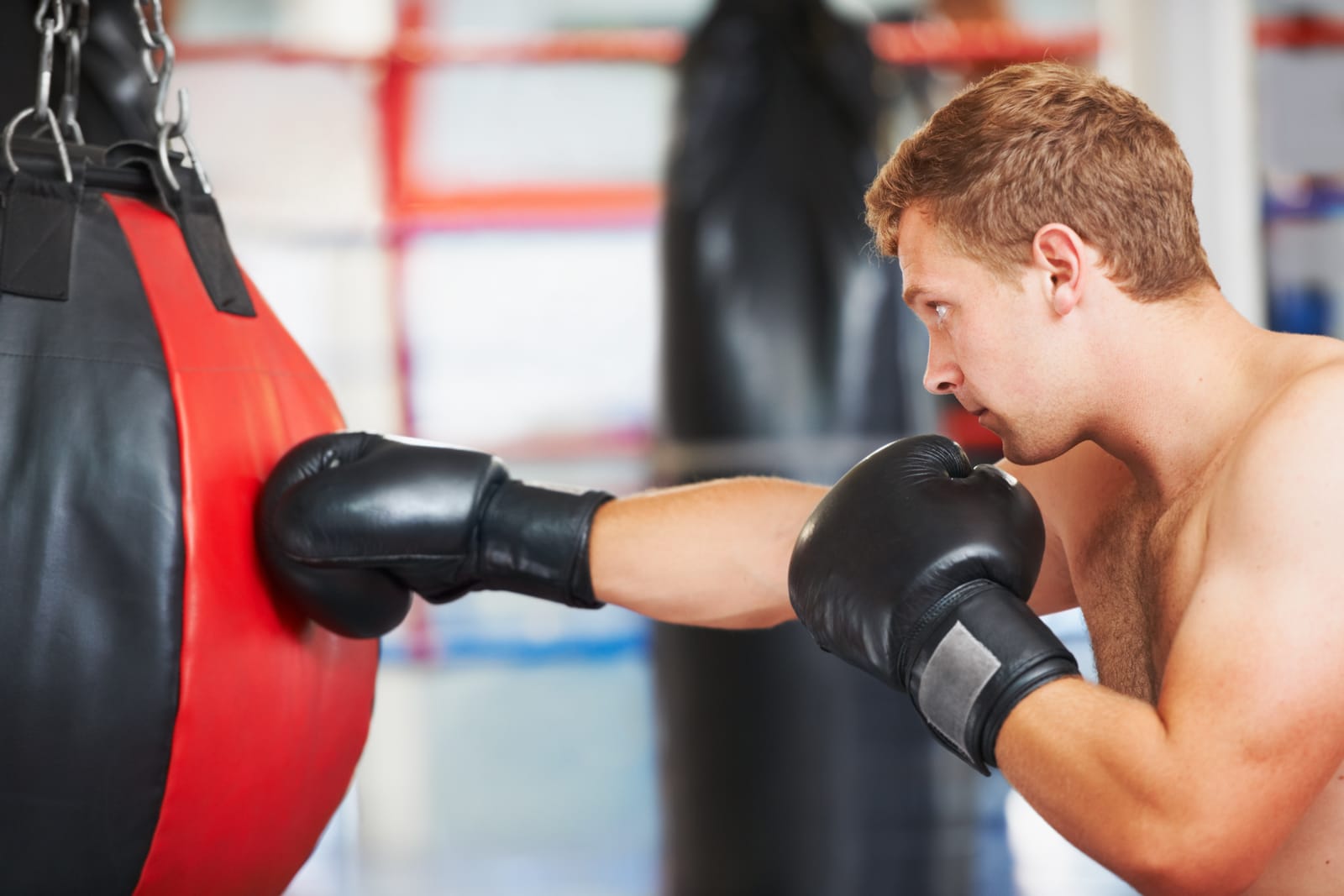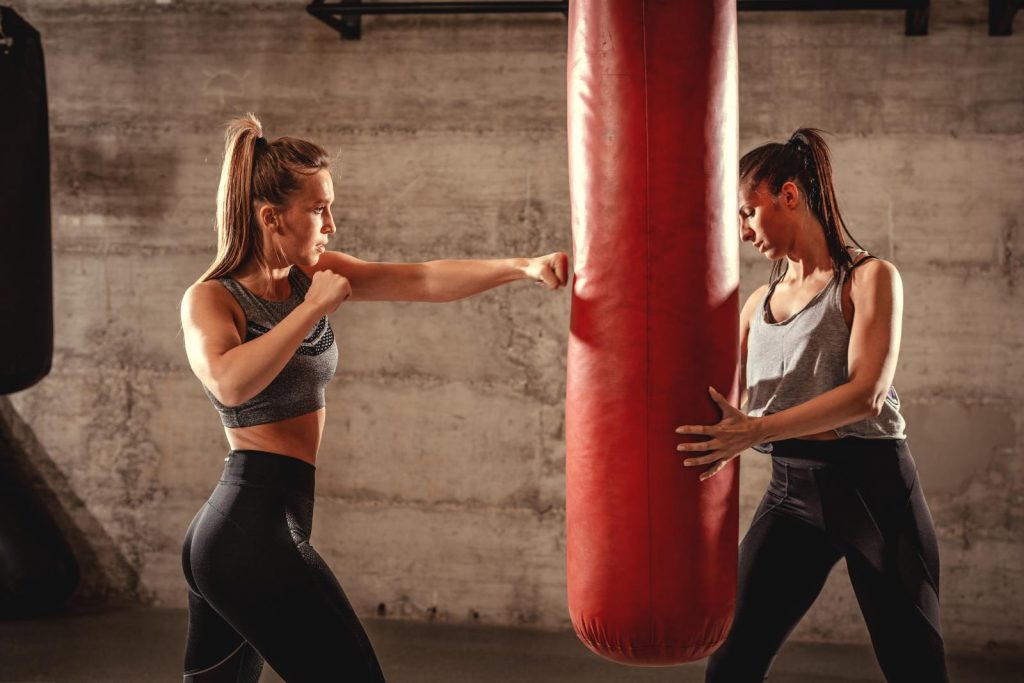
Everything You Need to Know About Buying Boxing Bags
Looking to take your boxing training to the next level? Wondering how a boxing bag for sale can benefit your technique and overall fitness? In this comprehensive guide, we’ll delve into the world of boxing bags, exploring their importance in your training routine and how they can help improve your skills.
Whether you’re a beginner or an experienced boxer, understanding the different types of boxing bags available in the market is crucial. From heavy bags that build strength to speed bags that enhance speed and agility, we’ve got you covered. Get ready to unleash your inner champion with the perfect boxing bag for sale!
Exploring Different Types of Boxing Bags for Sale
Types of Punching Bags
There are several types of punching bags available in the market, each designed to cater to different training needs. Let’s explore some of the most common types:
-
Heavy Bags: These are large, cylindrical bags that hang from a sturdy ceiling mount or stand. Heavy bags provide resistance and are ideal for developing power and strength in your punches and kicks.
-
Speed Bags: Speed bags are small, pear-shaped bags that are attached to a swivel platform or wall-mounted bracket. They help improve hand-eye coordination, speed, and rhythm as you practice quick punches.
-
Double-End Bags: Double-end bags are smaller-sized bags that hang from both the top and bottom with elastic cords or chains. They require precise timing and accuracy as they move unpredictably when struck, helping you develop accuracy and reflexes.
-
Standing Punching Bags: Standing punching bags have a base filled with sand or water to provide stability without the need for hanging them up. These versatile bags allow you to practice punches, kicks, knee strikes, and even low kicks without worrying about installation.
Benefits and Uses
Each type of punching bag offers unique benefits for your training routine:
-
Heavy bags help build strength and power by absorbing impact.
-
Speed bags improve hand-eye coordination, rhythm, and speed.
-
Double-end bags enhance accuracy, timing, reflexes, and footwork.
-
Standing punching bags offer versatility for practicing various strikes without installation requirements.
Choosing the Right Bag
To determine which type of punching bag is best suited for your specific training goals:
-
Consider your training objectives – whether it’s building strength, improving speed, or accuracy.
-
Assess the space available for installation – heavy bags require more space compared to standing or speed bags.
-
Determine your budget – quality punching bag options vary in the price range.
Read Also: Tips to Avoid Injury While Using a Speed Boxing Bag
Selecting the Right Boxing Bag for Your Training Needs
Consider Your Training Goals and Skill Level
It’s crucial to consider your training goals and skill level. Are you looking to improve your cardio fitness, build strength, or enhance your technique? Different types of bags cater to specific training needs.
For example, if you’re focused on endurance and cardio workouts, a heavy bag would be an excellent option. On the other hand, if you want to work on your technique and precision punches, a speed bag might be more suitable.
Determine the Intended Use of the Bag
Before making a purchase, determine the intended use of the boxing bag. Do you need it for home fitness or professional fighter training? This will help you choose a bag that aligns with your specific requirements.
For example, if you’re using it at home for general fitness purposes, a versatile heavy bag that can accommodate different types of training would be ideal.
However, if you’re a professional fighter looking for something more specific like a specialty bag for power punching or uppercut practice, there are options available tailored to those needs.
Take Size, Weight, and Durability into Account
Size matters when selecting a boxing bag. Consider the space available in your training area as well as your body size and capacity. A heavy bag should hang freely without obstruction so that you can move around it comfortably during workouts.
Moreover, weight is another important factor to consider. Heavier bags provide more resistance and are suitable for building strength and power.
Lastly, durability is key since boxing bags endure constant impact from punches and kicks. Look for high-quality materials that can withstand intense training sessions without wearing out quickly.
Comparing Free-Standing and Hanging Punching Bags

Advantages and Disadvantages of Free-Standing and Hanging Punching Bags
One of the first decisions you’ll need to make is whether to go for a free-standing punching bag or a hanging punching bag. Each option has its own set of advantages and disadvantages that you should consider before making your final choice.
Free-Standing Punching Bags
Free-standing punching bags are designed with a base that can be filled with sand or water to provide stability. One of the main advantages of these bags is their portability.
Since they don’t require any installation, you can easily move them around your training space or even take them outdoors. Free-standing bags allow for 360-degree movement, allowing you to practice various angles and footwork techniques.
However, it’s important to note that free-standing punching bags may not offer the same level of stability as hanging bags.
While they do have some give when struck, they may not provide enough resistance for advanced boxers or those looking for more intense workouts. Furthermore, their wide base can take up quite a bit of space in your training area.
Read Also: Why a Stand Up Boxing Bag is a Must-Have for Boxing Enthusiasts
Hanging Punching Bags
Hanging punching bags are suspended from the ceiling or a sturdy beam using chains or straps. These bags are known for their durability and ability to withstand powerful strikes. They offer consistent resistance throughout your training sessions, making them suitable for boxers at all skill levels.
One advantage of hanging bags is their compact design, which takes up less floor space compared to free-standing options. However, they do require proper installation and may not be as portable as free-standing bags. You will also need sufficient ceiling height and structural support to hang the bag securely.
Factors to Consider When Choosing Between Free-Standing and Hanging Bags
When deciding between free-standing and hanging punching bags, there are several factors to consider. Stability is crucial for a safe and effective training experience, so evaluate the stability of both options based on your skill level and intensity of workouts.
Portability is another factor to think about if you need to move your bag frequently or take it outdoors.
Consider the space requirements of each type of bag. Free-standing bags typically require more floor space due to their wider bases, while hanging bags require sufficient ceiling height and structural support. Lastly, personal preference plays a significant role in choosing the right bag for your training environment.
Installation and Mounting Solutions for Boxing Bags
Explore Different Installation Options
There are various options available to suit different spaces and preferences. One popular choice is using ceiling mounts or wall brackets. These sturdy fixtures provide a secure base for hanging punching bags, ensuring stability during intense workouts.
Ceiling mounts are typically attached to the ceiling joists, while wall brackets can be fixed onto solid walls.
Necessary Tools and Equipment
Before you embark on the installation process, it’s important to gather the necessary tools and equipment. You may need fixings such as bolts, screws, and anchors to secure the mounting hardware properly. Having a power drill, screwdriver, level, and measuring tape will make the installation process smoother.
Consider Alternative Solutions
If mounting a boxing bag is not feasible in your space or you prefer more flexibility in its placement, consider alternative solutions like freestanding punching bag stands. These stands come with a sturdy base that can be filled with sand or water for stability.
They provide an excellent option for those who don’t want to mount their bags permanently or lack suitable mounting surfaces.
Read Also: The Best Heavy Boxing Bag Workouts for Strength and Cardio
Conclusion and Final Thoughts on Choosing a Boxing Bag
So, there you have it – a comprehensive guide to buying a boxing bag for sale. We’ve explored the different types of punching bags, discussed how to select the right one for your training needs, and compared free-standing and hanging options.
We’ve also provided installation and mounting solutions to ensure you can set up your boxing bag properly. Now, armed with this knowledge, you’re ready to take your training to the next level.
But remember, choosing the right boxing bag stand is just the first step. The real progress comes from putting in the work, pushing yourself, and staying committed to your training regimen. So get out there, throw those punches, and let your boxing bag become your trusted companion on your journey to becoming a better fighter. Stay focused, stay disciplined, and keep striving for greatness!
